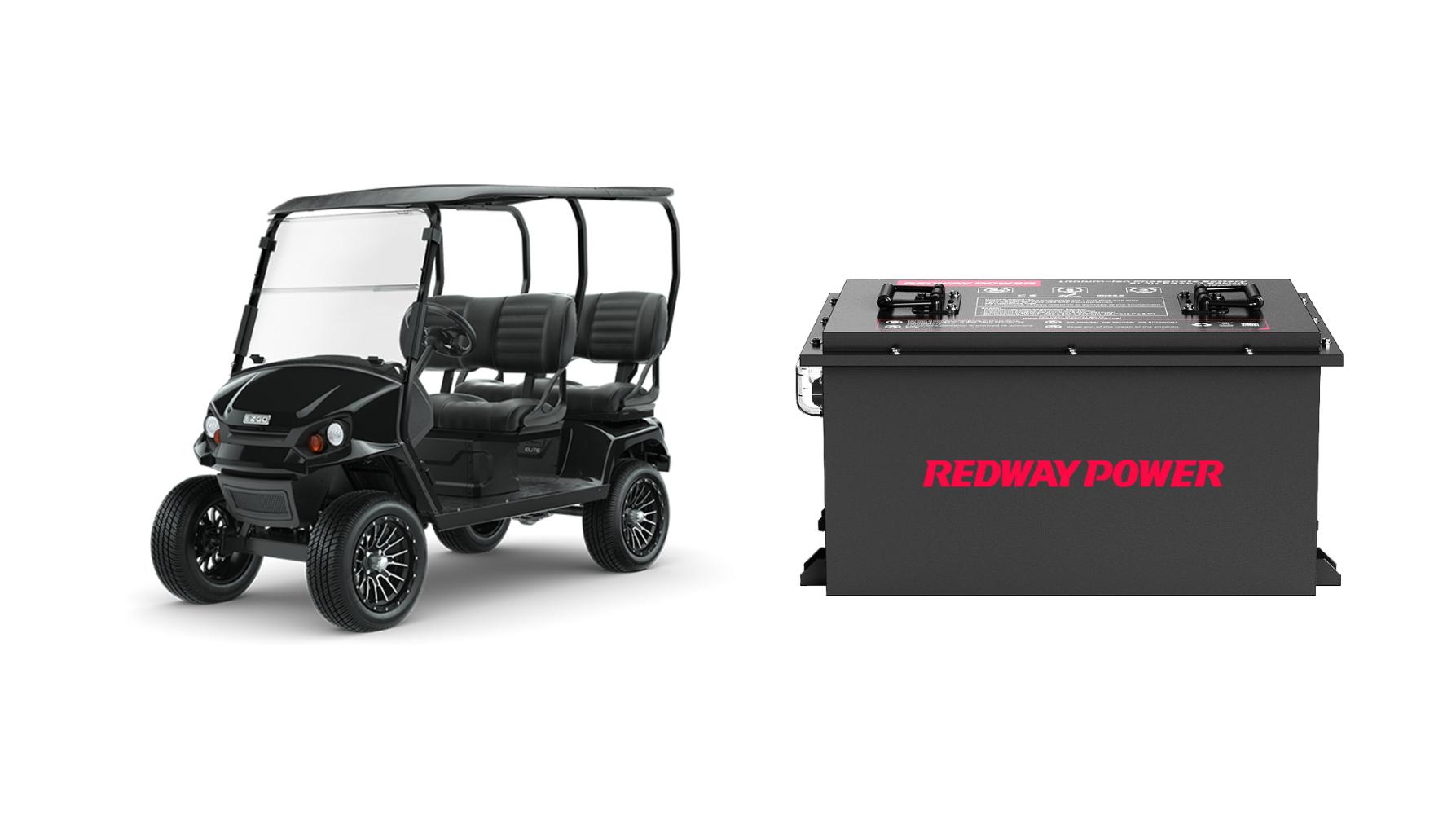What Are Battery Powered Systems and How Do They Work
As urban landscapes evolve and environmental consciousness grows, battery-powered systems are revolutionizing personal transportation. Electric bikes (eBikes) and e-motorcycles have emerged as game-changers for American commuters, fitness enthusiasts, and adventure seekers alike. Combining cutting-edge battery technology with practical design, these vehicles offer a sustainable and efficient alternative to traditional transportation. Let’s explore how eBikes are reshaping mobility in the U.S., from city streets to mountain trails.
Why Are eBikes Gaining Popularity in American Cities?
eBikes address three critical needs for modern Americans: cost-effective commuting, eco-friendly transportation, and accessible fitness. With 40% of U.S. car trips being under 2 miles, eBikes provide a sweat-free solution for urban travel while reducing traffic congestion. The typical eBike battery delivers 20-100 miles per charge—enough for most daily errands—at an operating cost of just $0.10-$0.20 per charge. Cities like Portland and Denver have seen eBike commutes surge by 200% since 2020, supported by bike lane expansions and federal tax incentives covering 30% of purchase costs (up to $1,500).
What Technological Advancements Power Modern eBikes?
Today’s eBikes leverage lithium-ion batteries with energy densities of 250-300 Wh/kg, paired with brushless hub motors offering 250W-750W power. Innovations like regenerative braking (recovering 5-10% energy on downhill rides) and smart torque sensors (adjusting assistance based on pedal pressure) enhance efficiency. Brands like Specialized and Trek now integrate AI-driven battery management systems (BMS) that optimize performance:
- Dynamic power allocation for steep climbs
- Temperature-controlled charging to prevent overheating
- Smartphone apps showing real-time range estimates
| Battery Type | Range per Charge | Charging Time | Lifespan |
|---|---|---|---|
| Lithium-ion (36V) | 40-70 miles | 3-6 hours | 800-1,200 cycles |
| Solid-state (experimental) | 80-120 miles | 1-2 hours | 1,500+ cycles |
How Do eBikes Compare Environmentally to Cars?
The environmental benefits are striking. A 2023 UC Davis study found that eBikes produce just 2.5% of the CO2 emissions per mile compared to gasoline cars. Even when accounting for manufacturing:
- Car production emits 7 tons CO2 vs. 0.3 tons for eBikes
- eBike batteries contain 0.5-1kg lithium vs. 8kg in EVs
- 1,000 eBikes can replace 150 cars, reducing annual emissions by 1,000 tons
Companies like Rad Power Bikes now use recycled aluminum frames and solar-powered factories, while Delfast’s eBikes feature swappable batteries to extend product lifecycles.
What Should You Consider When Choosing an eBike?
Selecting the right model depends on your primary use:
- Commuting: Prioritize integrated lights, fenders, and cargo racks (e.g., Tern GSD)
- Recreation: Opt for full-suspension models with 500W+ motors (e.g., Specialized Turbo Levo)
- Fitness: Choose lightweight models with adjustable pedal assist (e.g., Cannondale Tesoro Neo)
Key battery specs to evaluate:
- Voltage (36V-52V for most models)
- Amp-hour rating (10Ah-20Ah)
- UL 2849 safety certification
5 Pro Tips to Maximize Your eBike Battery Life
- Keep charge levels between 20%-80% for daily use
- Store batteries at 50% charge in temperatures below 80°F
- Use manufacturer-approved chargers to prevent voltage spikes
- Clean battery contacts monthly with isopropyl alcohol
- Update firmware through brand apps for optimized performance
The Future of eBikes: What’s Next?
Emerging technologies promise even greater capabilities:
- Solid-state batteries: Panasonic plans to debut these in 2025, offering 120-mile ranges with 15-minute charging
- Self-charging systems: Solar-integrated frames (like Sunpedal’s prototype) add 10-15 miles daily
- V2G integration: Specialized’s 2024 models will let users power home appliances during outages
“The eBike revolution isn’t just about transportation—it’s about reimagining urban life. With battery costs dropping 89% since 2010, we’re enabling accessible, joyful mobility that benefits both people and the planet.” — Clara Nguyen, Director of Innovation, PeopleForBikes
Navigating Safety and Regulations
U.S. regulations classify eBikes into three categories:
- Class 1: Pedal-assist only, 20 mph max (allowed on bike paths)
- Class 2: Throttle-assisted, 20 mph max (restricted in some states)
- Class 3: Pedal-assist up to 28 mph (requires helmet)
Always verify local laws—for example, New York mandates helmet use for all classes, while California prohibits Class 3 bikes on certain trails.
Conclusion: Why Now Is the Time to Join the eBike Movement
eBikes represent more than a transportation trend; they’re a gateway to healthier lifestyles, cleaner cities, and genuine cost savings. With the average American saving $8,000 annually by replacing car use with an eBike, and manufacturers offering extended battery warranties (up to 5 years), the barriers to adoption have never been lower. As battery tech continues its rapid evolution, eBikes are poised to become the backbone of sustainable urban mobility—one joyful ride at a time.
FAQ
- How often should I replace my eBike battery?
- Most last 3-5 years with proper care. Look for capacity drops below 70% as a replacement indicator.
- Can I ride an eBike in the rain?
- Yes, if it has an IP65 or higher rating. Always dry connectors after exposure.
- Are used eBikes a good value?
- Only if the battery has verifiable cycle counts (under 500). Factor in potential $500-$800 replacement costs.

